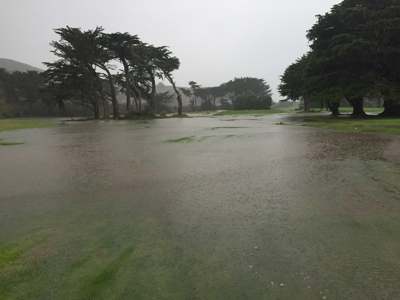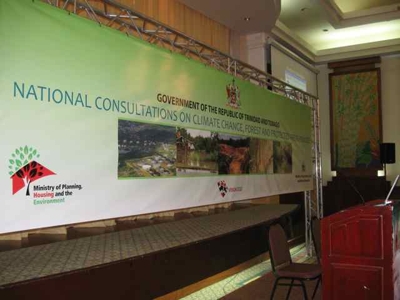
Wetland restoration efforts in the South Bay have enabled the population rebound of Ridgway’s Rail, seen here. (Source: Wild Equity Institute)
Wild Equity’s vision for Sharp Park has called for restoring the wetlands and repurposing the lands as a new national park for the public to enjoy. This proposal has been passed by the San Francisco Board of Supervisors 5 times, and a huge community of partners from different areas have endorsed our restoration vision as well.
On June 7th, Bay Area residents will vote on Measure AA, a wetland restoration initiative that would do something similar for the Bay side of our region. If passed, Measure AA would raise $500 million over 20 years for wetland restoration projects around San Francisco Bay. The funding would come from a $12 annual parcel tax in the 9 Bay Area counties: San Francisco, San Mateo, Alameda, Contra Costa, Santa Clara, Marin, Sonoma, Napa, and Solano.
Restoring wetlands is the best tool for mitigating sea level rise because wetlands break up wave energy. Furthermore, the restoration of wetlands provides many other benefits such as improved water quality, increased public access to shorelines, and ameliorated habitat conditions for wildlife. Wetland restoration projects in the South Bay, for instance, have enabled the return of wildlife such as Ridgway’s Rail and the Salt Marsh Harvest Mouse. Climate models and recent scientific reports indicate that we can expect sea levels to rise 3 to 8 feet by the turn of the century, and that sea levels are now rising at the fastest rate in 28 centuries. If we don’t take action now, taxpayers can expect to shell out billions of dollars for new coastal infrastructure.
You can read more about Measure AA here.




